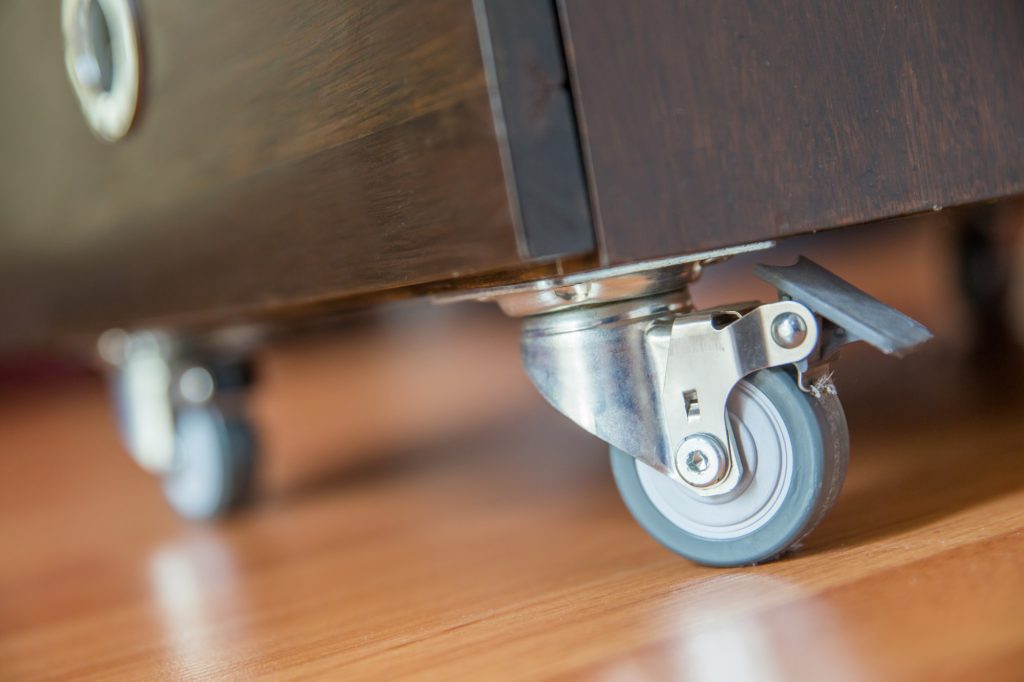
Although wheels have been in existence since ancient civilization, casters only came in the picture at around 1876. Often, people use wheel and caster interchangeably, although there is a distinction.
Are you asking, “What are Casters?” Read on to learn and get your answers about what casters are and how they are different from wheels.
What Is a Wheel?
To distinguish a caster from a wheel, it is essential to know what precisely a wheel is. In simple terms, a wheel is a round object with a hole at the center. Either an axle or spindle can go into that hole.
A wheel aims at reducing friction, making it easy to move heavy objects around.
What Are Casters?
On the other hand, a caster is more complicated than a wheel. It includes a wheel and a yoke, which acts as a bracket for the wheel.
This yoke, otherwise known as a fork, is what makes a caster different from an ordinary wheel.
Categories of Casters
Casters are mounted on an apparatus, for instance, a shopping cart, to make it movable. However, although all casters primarily do the same job, they can be categorized into two.
1. Swivel Casters
A swivel caster is designed in such a way that the wheel can rotate around 360 degrees with a load on it. The center of the wheel revolves around the center of the swivel section.
Swivel casters are ideal when moving heavy loads, especially in a warehouse with tight corners. Swivel casters can either be locking casters, stem casters, or plate casters.
2. Rigid Casters
Interestingly, rigid casters don’t cast at all. A rigid caster is just a wheel mounted on a bracket that does not swivel.
Unlike a swivel caster, a fixed caster cannot rotate around 360 degrees. Therefore, a rigid caster is only suitable if you are moving your load back and forth in a straight line.
Notably, rigid casters can withstand a more massive load compared to a swivel caster. The strength can be attributed to the fact that a rigid caster has no swivel section, which is subject to tangent stress. Also, most rigid casters have break options.
Combining the Two
Mostly, casters are installed in sets of two and four. To strike a balance between stability and maneuverability, you can combine both swivel casters and rigid casters. You can have two swivel casters at the back, and the two front casters can be fixed.
Benefits of Using Casters
You can come across casters almost anywhere—in offices or industrial environments. They are associated with many benefits, but we have highlighted a few.
- They significantly minimize possible injuries on the operator
- They are durable
- There is a wide variety to choose from
- They make the movement of heavy objects more comfortable and faster
What Does the Future Hold?
After understanding what are casters, what is their future? When they were first invented, casters were quite heavy and were used only in the industrial space. They were mainly made of glass or leather.
However, they have evolved and are now made from other materials such as plastic. More modifications are expected in the future.
Want to learn more? Check us out for the latest technological updates.




